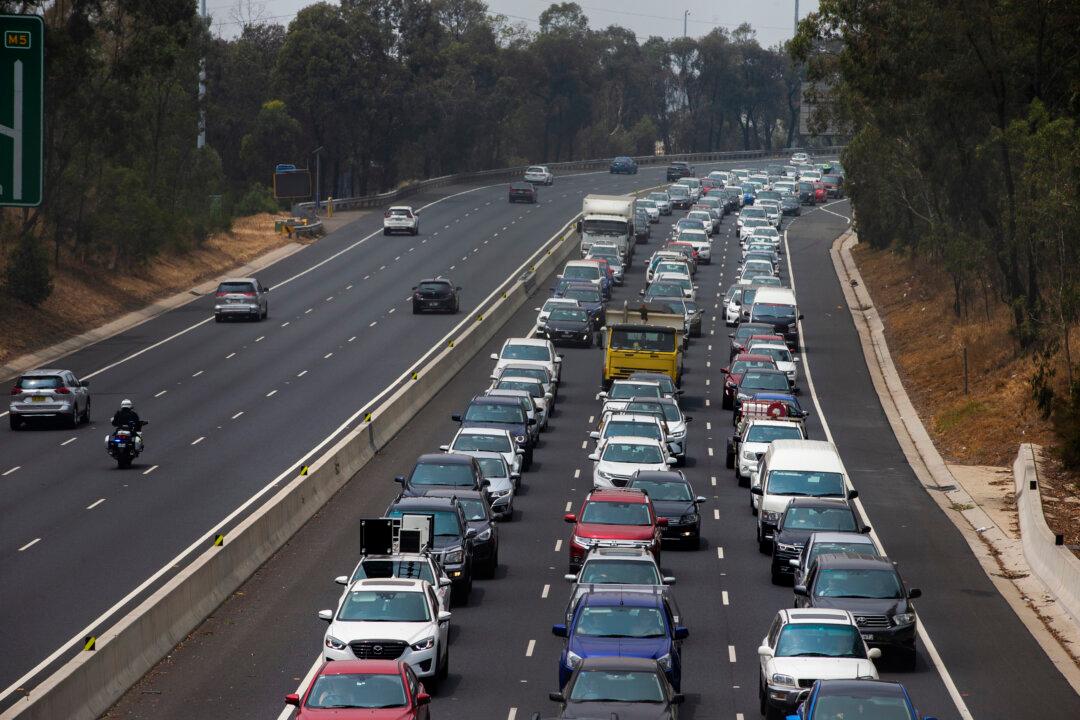A court has given the green light to a contentious defence housing development in Darwin, despite opposition from environmentalists and the land’s traditional owners.
In 2019, Defence Housing Australia (DHA) in conjunction with contractor BMD Urban, was given planning approval to clear around 40 percent of the peninsula area at Lee Point, also known as Binybara, in Darwin’s coastal north for an 800-home development.





